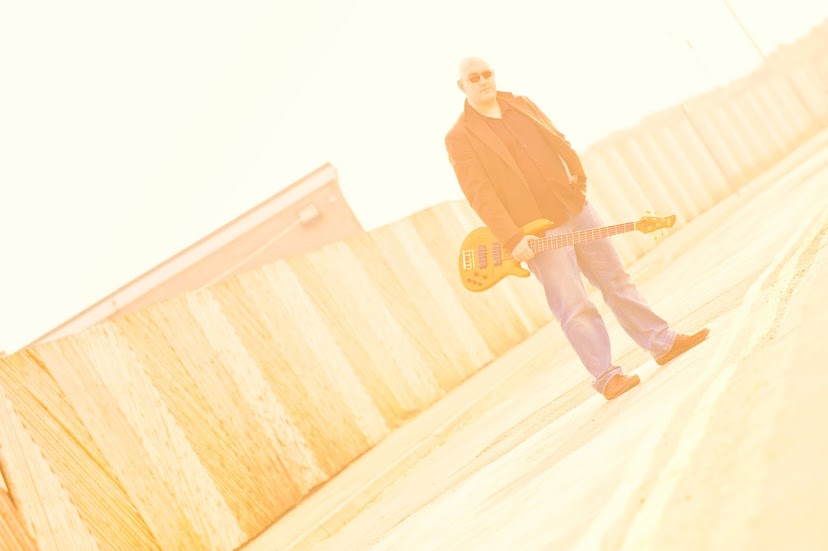The new E-Book is available now.
Rudimentary musical training for the bassist who wants to make the transition to 'Musician'. With standard notation reading NO TAB. Bass line construction, reading bass lines, styles, understanding harmony, soloing ideas, beat placement, Cuban tumbao exercises, rhythmical awareness, Clavé patterns, chart geography introducing a more musical way of thinking into your bass playing.
You will get the complete PDF download for £5.00. Ideal for iPad and eReaders plus you can simply print out your own book.
To buy the book please click below.
Buy Bass Workshop Here
 You can check out some page previews here on the left. My aim for this book is help you become a more musical bass player. I have purposely not dove too deeply into each subject as I really urge you to discover more about each subject for yourself. I have merely scratched the surface here but hopefully given you enough information for you to practise and inspire you to dig much much deeper for yourself.
You can check out some page previews here on the left. My aim for this book is help you become a more musical bass player. I have purposely not dove too deeply into each subject as I really urge you to discover more about each subject for yourself. I have merely scratched the surface here but hopefully given you enough information for you to practise and inspire you to dig much much deeper for yourself. I've always been a massive believer in learning the FACTS of music in order to get better on your instrument. In this book I present the facts of music, Nothing more. The language you need to know to function as a professional bassist. The information you are expected to know to play effective bass parts and get hired as a musician. Harmonic language, Reading notation, rhythmic awareness, style examples, transposition, improvising, introduction to soloing and playing in a more musical way.
I've always been a massive believer in learning the FACTS of music in order to get better on your instrument. In this book I present the facts of music, Nothing more. The language you need to know to function as a professional bassist. The information you are expected to know to play effective bass parts and get hired as a musician. Harmonic language, Reading notation, rhythmic awareness, style examples, transposition, improvising, introduction to soloing and playing in a more musical way. Thanks for checking it out. Please feel free to contact me or comment on any of these things.
Thanks for checking it out. Please feel free to contact me or comment on any of these things. 
All the very best,
Simon.




